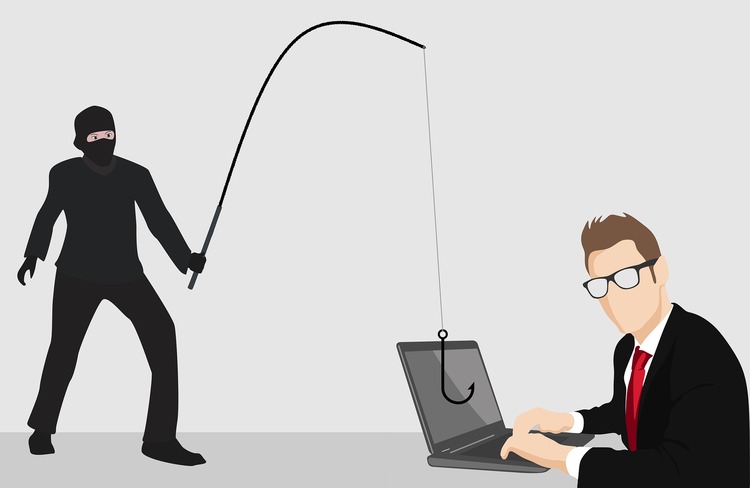How to Spot a Phishing Email: Tips to Detect a Fake Email

Anyone can be a victim of phishing, these tips will help you recognise whether an email is accurate
Email is an effective gateway for hackers and cybercriminals, with especially for social engineering attacks such as phishing.
A 2017 study from Keepnet Labs showed that a staggering 48.2 percent of phishing messages were opened by the target across all campaigns, up from 30 percent in 2016.
Security issues like malware and ransomware are frequently delivered via email - and so it takes just one unrecognised successful breach to affect the safety of an organisation.
According to Keepnet Labs, phishing attacks tend to be successful as they target basic human natural responses. This is due to the fact that the emails are disguised to look like those sent by popular brands & organisations, however there are ways to spot when something isn’t right.
Here are some tips for detecting a phishing email.
1. Incorrect spelling & grammar
The structure of an email is often the first way to spot whether it is a phishing email or not. The writing style is likely to appear different to how it is usually written from the original sender, even in the slightest way.
Organisations and brand marketers tend to take their communication very seriously, and often have emails proof-read before being sent out so it is highly unlikely the email came from the original source if an email is packed with spelling and grammar mistakes.
2. Strange URLs
A phishing email is likely to include some links to direct you to a site asking for login details, where would-be attackers can then steal account details.
This is often overlooked as the URLs appear to be valid or even similar to the link you are used to logging into but if checking emails from a PC, you can hover your mouse over the link where you can see the actual hyperlink – if it looks unfamiliar, then it's not safe to click.
The domain name may also be different to the organisation or brand it claims to be from, so check the sender address and look back at how domain addresses usually appear in previous, legitimate emails you have received from that organisation.
3. Personal information
If the email begins with ‘Dear Customer’ as opposed to being addressed by your name, it is unlikely that it came from the organisation itself. If it is an organisation that has your personal details on file, then they are more likely to address the email to you.
Also, a bank would never ask for your personal information via email. It would also never ask you to submit your account details in such way. This is a clear way to spot a phishing email.
4. Requests urgent action
Emails that claim "urgent action" is required are very frequent phishing scams as the fraudster is likely to be tricking the user to click links to access personal data.
If you receive an email stating this, with a threat that your account may be closed or blocked, for instance, it is best to give the organisation a direct call before taking any action. Usually, if it is coming from them they will either write a letter or call you themselves.
5. Alarming content
Often, phishing emails are written in an alarming manner to trick the person into clicking links out of excitement or fear.
They are likely to say you have won a prize or some sort of discount, sometimes they might even say there’s been fraud on your account – all of which can cause panicked responses from people. Instead of clicking the link, just go the company’s website and log in directly, any of the information (if accurate) is likely to be on there.
It is better to confirm from the supposed sender before taking actions which require sharing your personal details.
6. What to do if you’ve been a victim?
As phishing emails are often very difficult to spot, it is likely that many people and organisations have been a victim, perhaps without even realising it.
However, there are actions that can be taken to avoid further fraud. If you know you have been a victim, or suspect you might be from an email you have received then it is a good idea to report it as a crime.
This type of issue can be reported as suspicious communications via an online form on the Action Fraudwebsite. There is also more information on what to do in the case of phishing scams on the government website.
Source: computerworlduk
